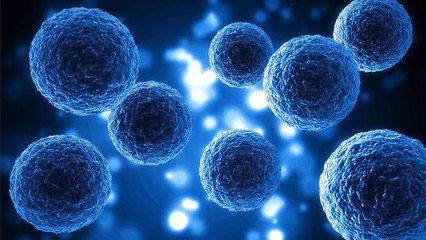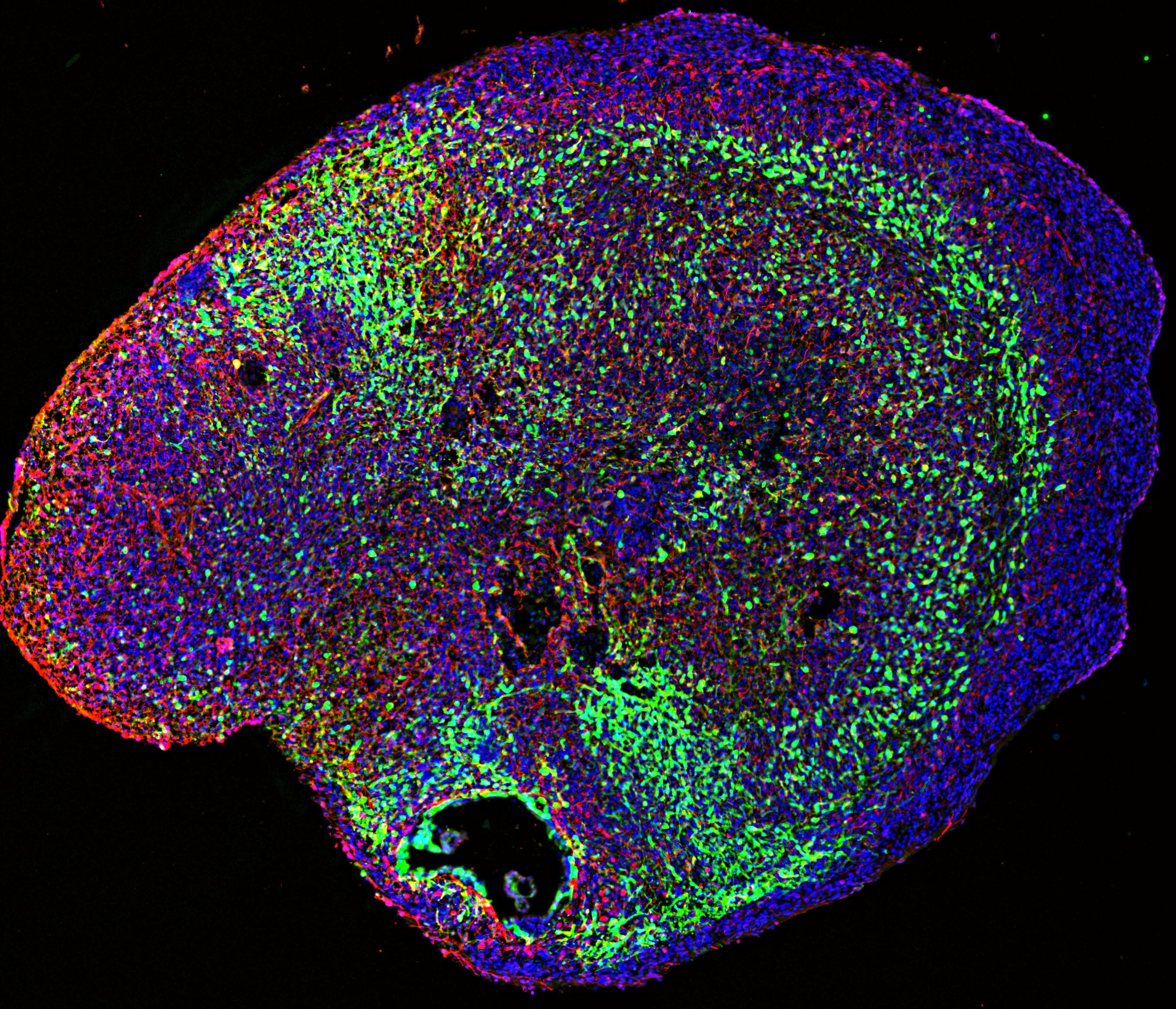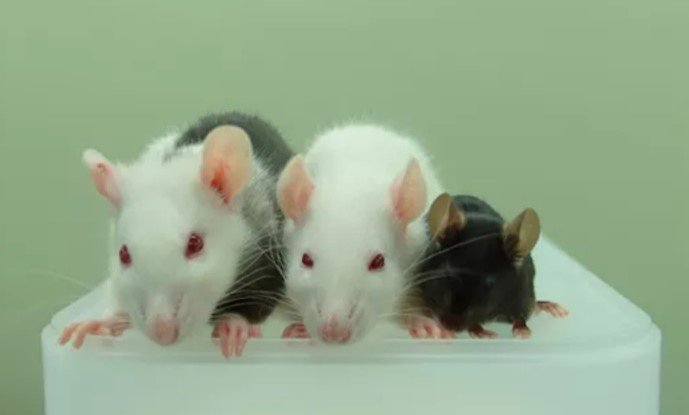Mitochondrial Replacement Therapy (MRT)
What are mitochondrial diseases?
Mitochondria are a subunit in our cells that are often called the powerhouse of the cell - they convert food and oxygen into energy. When mitochondria malfunction and stop providing energy, cells become damaged and can die, leading to the failure of organs and entire organ systems. Mitochondrial diseases are caused by genetic mutations and are heritable, which means they can be passed from parent to child.
At least one in 5,000 adults globally has an inherited mitochondrial disease. Mitochondrial diseases can affect almost any part of the body, exhibiting a wide range of symptoms that vary in severity. Disease progression is unpredictable, mitochondrial disease can affect both children and adults, and very severe disease can lead to premature death in children. Currently, there are no cures for mitochondrial disease and treatment options are focused on reducing symptoms.
What is Mitochondrial Replacement Therapy (MRT)?
New scientific advances make it possible to significantly reduce the transmission of mitochondrial disease. The goal of this therapy is to prevent faulty mitochondria, the root of the disease, from being passed on from mother to child.
In order to understand how MRT works, it is important to understand more about the characteristics of mitochondria. While over 99% of our DNA is found in the cell’s nucleus, the cellular subunit that controls the cell’s actions, a small amount of DNA is actually contained in mitochondria. This mitochondrial DNA contains a small number of genes that represent information necessary for mitochondria to function. It is errors, or mutations, in this mitochondrial DNA that can lead to mitochondrial disease.
While our nuclear DNA comes from both egg and sperm, mitochondrial DNA is largely passed on from the mother via her egg. If a woman has dysfunctional mitochondria in her eggs, she will pass on these disease-causing mitochondria to all of her children. The severity of the resulting disease will vary depending on how many healthy versus diseased mitochondria are in her egg.
Figure 1: Mitochondrial replacement therapy can be performed in multiple ways. Broadly, maternal genetic material (red) is transferred to a donor egg that has had its genetic material removed. Maternal genetic information can be transferred in three different ways, by transferring the spindle complex of an unfertilized egg (a), transferring the maternal and paternal genetic information in the form of pronuclei (b), or transferring the polar body of an unfertilized egg (c). The resulting embryos all have genetic information from the mother and father and healthy mitochondria from the donor. Credit: Connor, Nature Biotechnology, 2017.
A technique known as Mitochondrial Replacement Therapy (MRT) can significantly reduce the risk of transmitting mitochondrial diseases from mother to child. MRT allows children of parents with mitochondrial disease to receive nuclear DNA from their parents and healthy mitochondria from a donor who doesn’t have a mitochondrial disease. MRT enables families at risk of mitochondrial disease the chance to have healthy children that are biologically related to both parents.
How does mitochondrial replacement therapy work?
There are multiple ways to perform MRT (also referred to as “mitochondrial donation”) (see Figure 1). Despite the fact that it is called mitochondrial replacement therapy, the treatment functionally works by transferring the mother’s nuclear genetic material from an egg (oocyte) with diseased mitochondria (red) into a donor egg that has healthy mitochondria (blue) and whose original nuclear genetic material has been removed. The healthy mitochondria in the donor egg can allow for normal development and stop the transmission of mitochondrial disease.
These processes use assisted reproductive technology, including in vitro fertilization. The father’s sperm can fertilize the patient egg before the maternal genetic material is removed (Figure 1b) or after the maternal genetic material has been transferred to the donor egg (Figure 1a, c). The resulting embryo will have healthy mitochondria from the donor and genetic information from the mother and father.
While MRT does involve the transfer of genetic material, the processes described in Figure 1 do not involve making changes to the DNA in the nucleus and is distinct from genome editing of human embryos.
How can MRT prevent the genetic transmission of mitochondrial diseases?
MRT can prevent the genetic transmission of mitochondrial disease by replacing diseased mitochondria with healthy donor mitochondria. This therapy can break the cycle of inheritance of mitochondrial disease since a female born from an egg with healthy mitochondria will produce her own eggs with healthy mitochondria. There is therefore no need to repeat MRT for future generations.
The International Society for Stem Cell Research’s (ISSCR) Guidelines for Stem Cell Research and Clinical Translation support the clinical testing of Mitochondrial Replacement Therapies to assist parents at high risk of transmitting mitochondrial disease where there are no other acceptable treatments. Clinical research is ongoing to refine and optimize techniques and must be overseen by specialized oversight and review processes.




